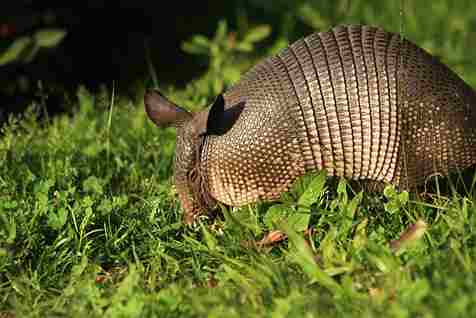Can Rabbits Eat Maple Leaves? – Animal Polis
If you have maples planted in your yard, you may be concerned about their safety, especially if it’s in an area with a lot of rodent activity. Rabbits, in particular, are very destructive when it comes to plants and foliage, and maple leaves are no exception.
So, do rabbits eat maple leaves?
Well, yes! Rabbits do eat maple leaves. Maples generally have tender foliage, which is one of the main reasons it’s quite attractive to critters.
Rabbits’ grazing activities can be destructive, especially when no measure is taken to contain them. It can even wreak the whole plant. Continue reading to see what you need to do to protect your maple tree.

Are Maple Leaves Rabbit Resistant?
While maple pleaves are not entirely rabbit-resistant, some varieties may be less attractive to rabbits than others. This is influenced by certain factors such as leaf texture, scent, and taste.
Also, the availability of other food sources and the local rabbit population density can also play a role in whether or not they choose to munch on your maple leaves.
For instance, during the warmer months, rabbits have access to a wide variety of plants. This abundance of alternative food sources tends to reduce their dependence on maples and other trees as a primary food choice.
However, as the seasons change and other plants begin to wither, they may be forced to eat maples. This is even more obvious during fall.
In addition, in areas with a higher rabbit population density, competition for food is usually higher.
In contrast, in regions with low rabbit population densities and an abundance of alternative food sources, rabbits might not show the same level of preference for maples.
Do Rabbits Like Maple Leaves?
Yes, they do. Rabbits like maple leaves and will also eat the stem and seeds. Other plants on their menu are barberry, roses, and sumac.
The fondness of rabbits for maples can vary depending on the individual rabbit and its environment. In areas with a high rabbit population and limited food sources, maple leaves might become a preferred food option.
In addition, rabbits might show more interest in younger maples due to their tender, palatable foliage.
How to Keep Rabbits from Eating Maple Leaves
Wild rabbits may be considered a pest to maple trees. In this case, you need to take certain steps to keep them away from the plant.
Other pests that may attack the plant are mites, especially spider mites and eriophyid mites. The latter can be taken care of with the right pesticides. However, for rabbits, you will need a repellent.
One of the best products I found in this category is the SUAVEC DEER RABBIT REPELLENT, which works for both rodents (rabbits and squirrels) and deer.
In addition to a repellent spray, it’s also recommended to install a sturdy fence that is higher than 2 feet. This is because most wild rabbits can hop more than 2 feet. If you’re looking for options, consider the YARDGARD GARDEN RABBIT FENCE.
Can Rabbits Eat Japanese Maple Leaves?
Japanese maple leaves, branches, and seeds are generally non-toxic to rabbits when consumed in moderation. However, eating too much of any plant or green causes digestive problems. This is even more common with Japanese maple leaves since they contain more sugar.
So, if you’re planning on feeding bunnies with the leaves, ensure you limit the amount. Ideally, you want to balance it out with hay and other veggies.
And in case you’re wondering – are maple leaves toxic to rabbits? No, they’re not, as long as they’re still fresh. Avoid feeding rabbits with dried or wilted leaves.
What are Japanese Maples?
Japanese maple can be regarded as a shrub or deciduous plant. One of its main highlights is its broad spreading crown.
As the name implies, the tree is native to Japan and has been cultivated for a long time though it was first seen in England in the 1820s. It is also grown in Korea and central China.
As earlier indicated, the plant can exist as a large shrub with multiple stems or a small deciduous tree with one stem, depending on how it’s grown. The appearance is similar to that of flowering dogwood, and it usually grows up to 15-25 feet tall with a spread that is the same height or greater.
There are many species of the plant depending on the location and how it’s cultivated.
In general, maples thrive in temperate climates and are often converted to ornaments.





